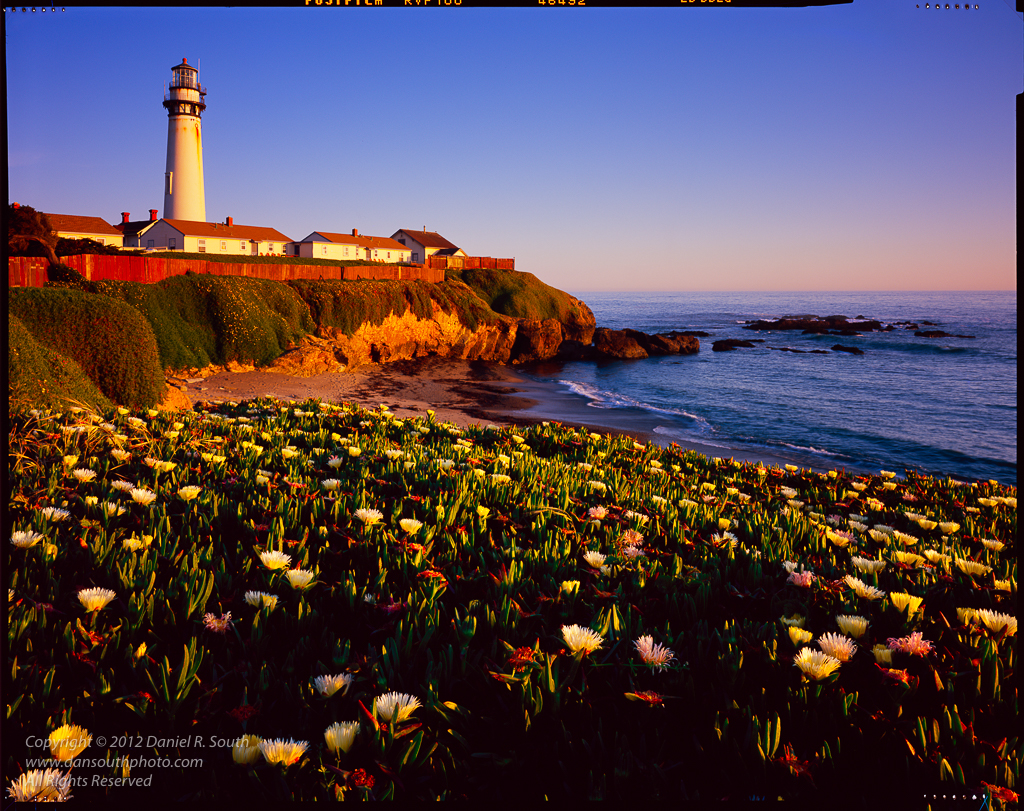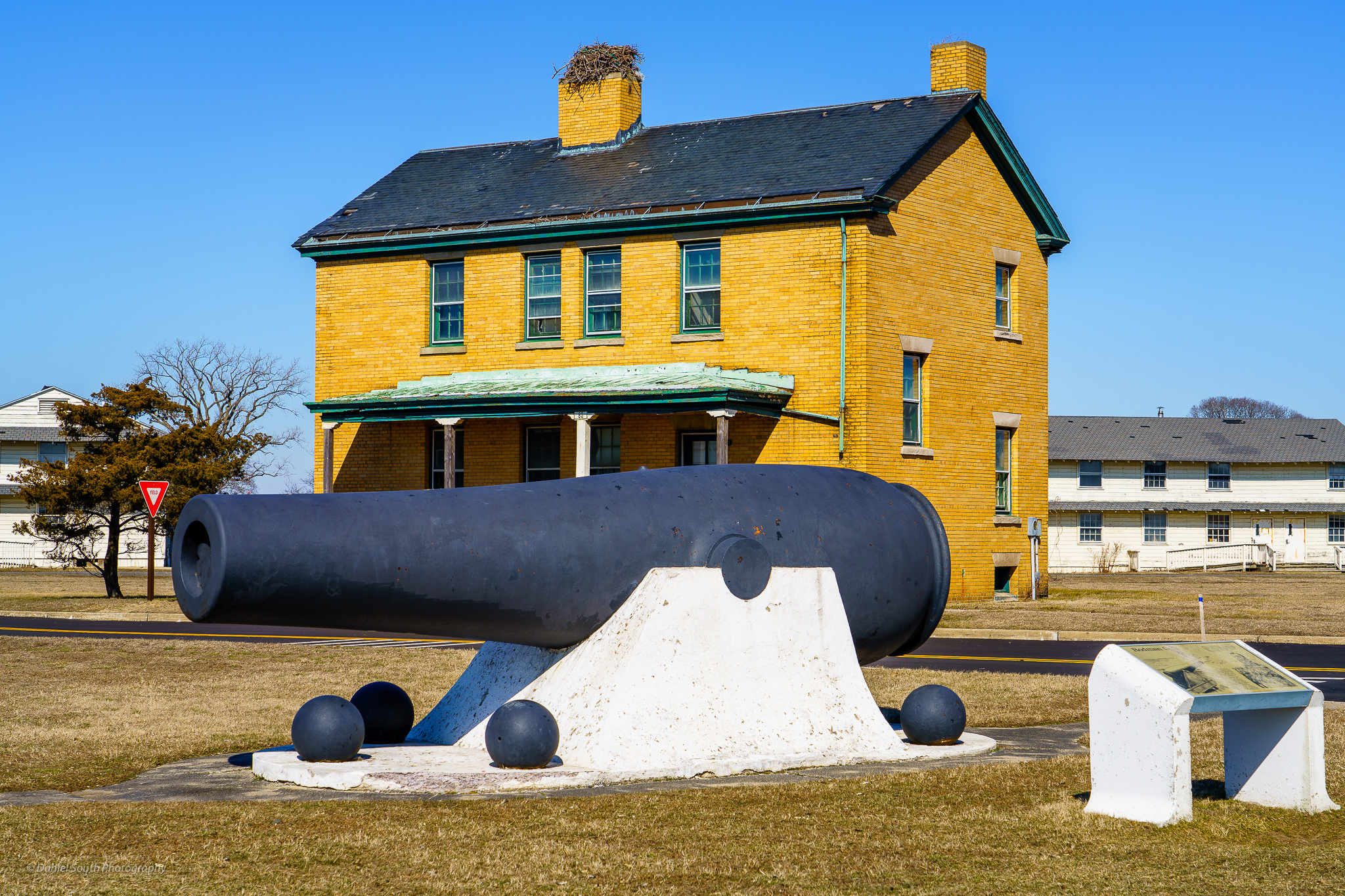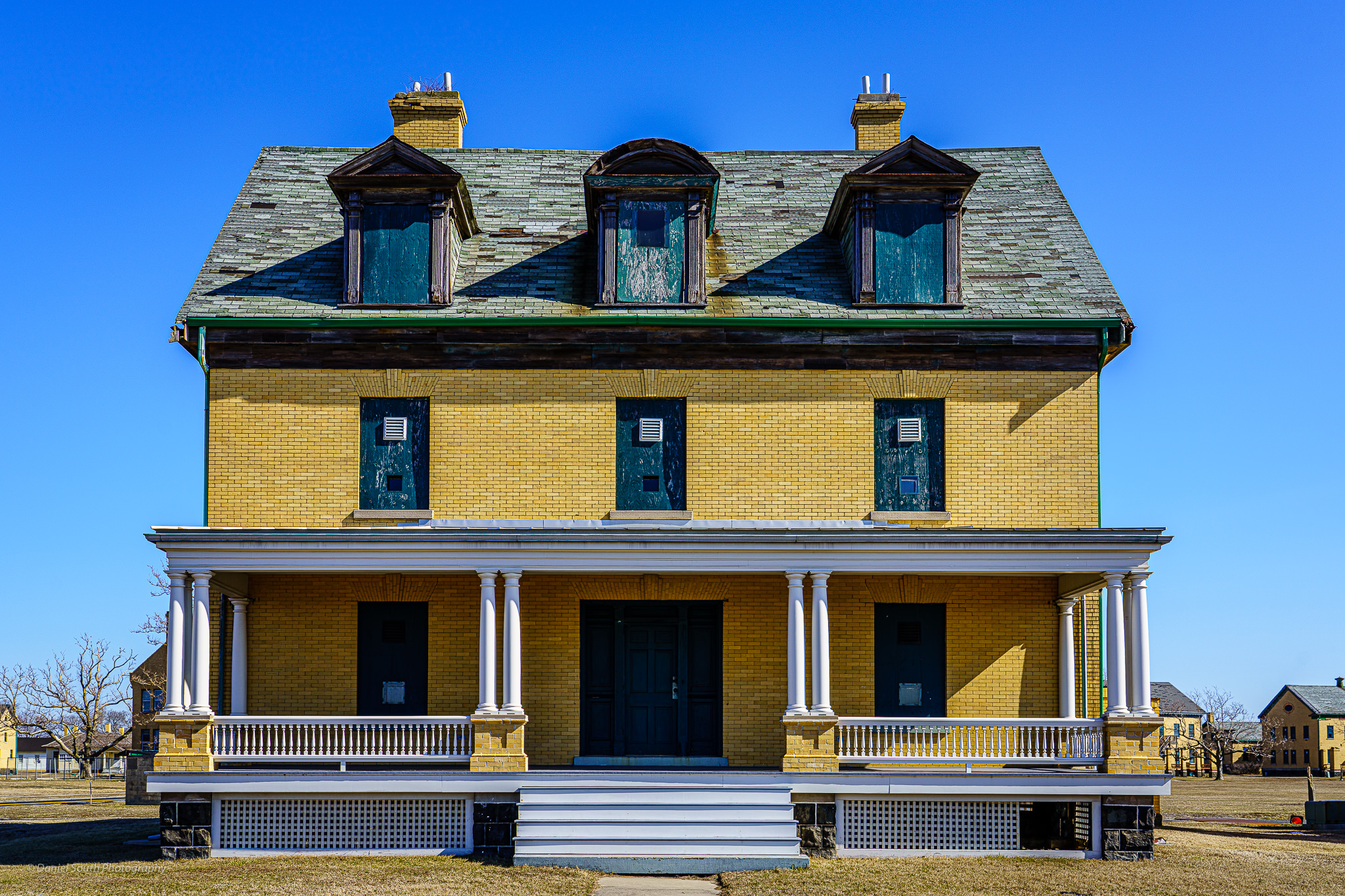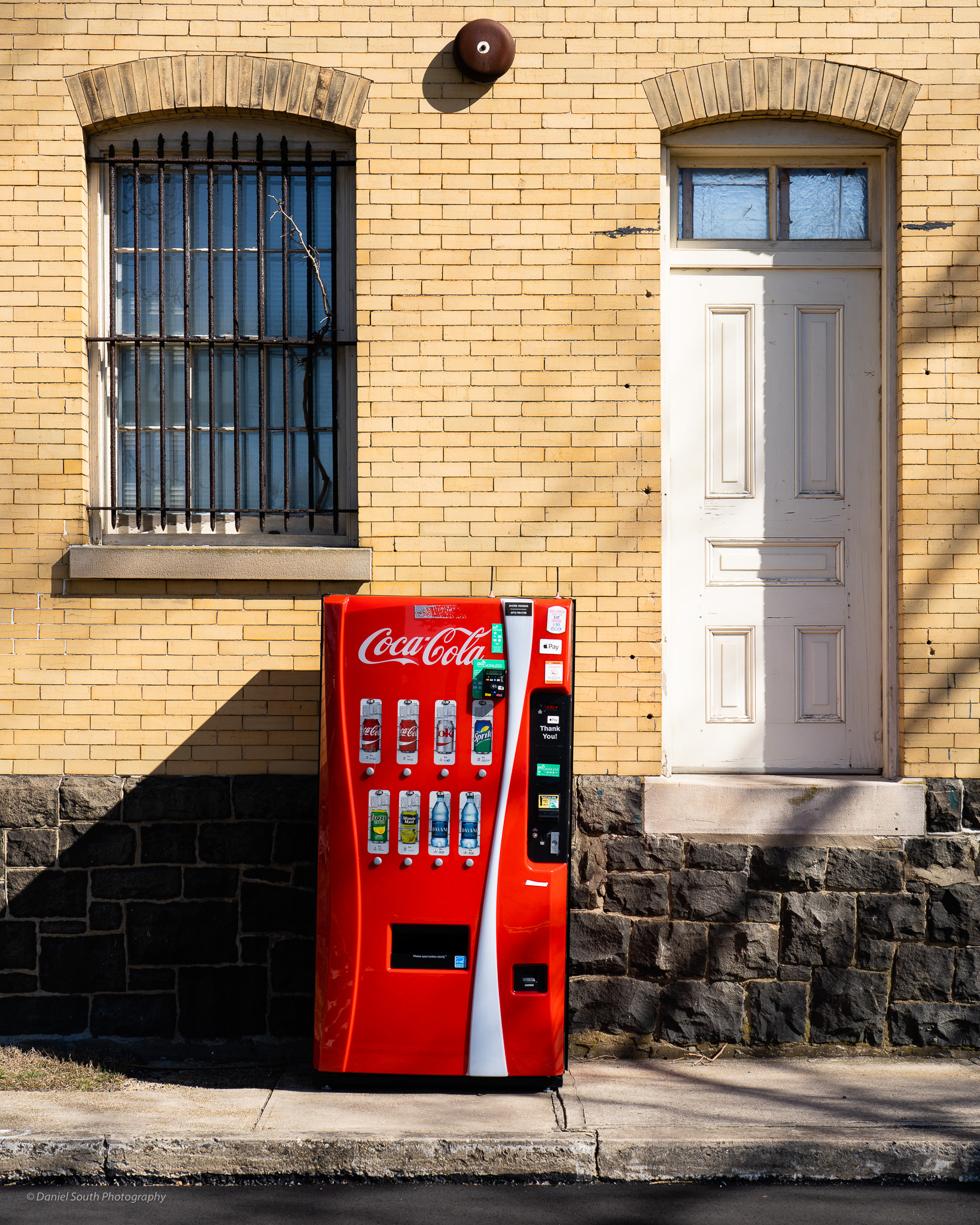"We Take Pictures Of Light"
It sounded so simple at the time. While leafing through a magazine that I was about to recycle, I came across an interesting passage. It puzzled me at first, but it would become the single most important piece of advice I that would receive as a photographer. I don't even remember the author's name - and I apologize for not quoting him here - but I do remember his words. The idea stuck in my mind because it challenged me to think in a new way.
"We don't take pictures of people, places, or objects. We take pictures of light."
It would be years before I would understand the significance of this message, but one evening at Pigeon Point moved me closer toward that realization.
 |
| Pigeon Point Lighthouse, Ebony SV45TE, Fujichrome Velvia 100 |
Light. Photographers talk about light all the time - good light, bad light, quality of light, the right light, the direction of light, waiting for light. But what is good light and where do you learn about it? I don't recall seeing any books or articles on the subject. Magazines and websites talk mostly about equipment. Photography books explain principles of exposure and composition, but the subject of light merits little discussion.
When I bought my first "serious" camera and started pointing it at the world, I had very naïve ideas about what constituted good light. My early attempts at photography suffered as a result. I assumed that a technical understanding of exposure and lenses and filters would create memorable images.
As a budding enthusiast I made a trip to California in search of photo opportunities. I had a nice camera, decent lenses, and I was surrounded by world class scenery, yet the photos from that trip were not particularly memorable. They were technically solid - the exposure was correct and the focus was accurate - but the images lacked impact. My limited understanding of light was a big factor.
I did gain some insights on the trip, and over time with more study and experimentation I made steady progress. When I returned to California two years later, I considered myself to be a seasoned and knowledgeable photographer. But there's always more to learn.
On the last day of my travels I planned make a stop at Pigeon Point Lighthouse. It's one of my favorite destinations on the California coast. I would have limited time to shoot the sunset, then it would be off to the airport for an overnight flight.
Conditions were excellent. The calm air was clear and warm. Coastal plant life was in bloom. I was shooting during the last hour of daylight, the "golden hour" that landscape photographers pursue. I shot several rolls of film thinking that I was coming away with good images in good light. I was about to pack up and head toward the airport.
Then it happened. The light changed before my eyes. It morphed into something better, something amazing. It was richer, warmer, more colorful, and more magical than any light that I could remember having photographed before. I was running short on time, but I couldn't leave. I needed to keep shooting. Luckily I still had some film in my bag.
I shot as many frames as I could. The light probably lasted all of about four or five minutes. When it faded, I quickly packed the car and sped off toward the airport. I was concerned about missing my flight, but I couldn't stop thinking about the majestic light that I had just witnessed. Why hadn't I seen it before, or if I had, why didn't I pay more attention? The photos from the entire trip would have been better if I could have anticipated and harnessed this phenomenon.
"We don't take pictures of people, places, or objects. We take pictures of light."
I was beginning to get the message.
Over the coming years I became a student of light. I actively pursued the conditions where the best light was likely to reveal itself. It doesn't happen every day, but I began to experience it more and more frequently as I learned what to look for.
 |
| Lighthouse Tower In Focus |
On my next trip to California I shot primarily with a large-format view camera. The view camera has distinct advantages. First of all, the film is larger and can produce a finely detailed image when exposed carefully. View cameras also feature a flexible build. The lens and film planes are independently adjustable and linked together by a soft leather bellows. The flexible design helps eliminate distortion and solves some tricky focusing problems.
For instance, it's very difficult to get both near and far objects in focus. Usually, only one or the other will be sharp, but the view camera makes it possible to have them both in focus in many circumstances.
 |
| Foreground Flowers In Focus |
At Pigeon Point I was able to use the special features of the view camera to keep both the flowers and the tower in sharp focus. The ocean has a softer, slightly out of focus look, which adds to the mood of the overall image. Luckily, I was very fortunate and met with excellent light on several occasions. The image displayed here is from one of those lovely sunsets.
A Note On Colors And Processing
Below I have included the original scan showing the film borders. I asked the technicians who scanned the file to add only enough processing to match the look of the original piece of film on a light box. They did an amazing job. If you view this piece of film on the light box it will match the color and contrast of the image that you see here. This is the advantage of shooting in good light. You don't need to apply a bunch of Photoshop tricks to make an appealing image. Recognizing good light is the biggest part of the battle.
 |
| Same image with untrimmed film borders |
Bottom line: It took a few years to develop the skills required to make this image, not the least of which was the ability to recognize good light and the conditions that foretell its arrival, and then to capture it effectively. The work that I put in over those years seems well worth it, as I carry the lessons of Pigeon Point and the magic of light with me every time I open my camera bag.
Camera: Ebony SV45TE
Lens: Nikkor SWA 90/4.5
Film: Fujichrome Velvia 100
Wishing you great light and meaningful moments!
Copyright 2012 Daniel R. South
www.dansouthphoto.com
All Rights Reserved















